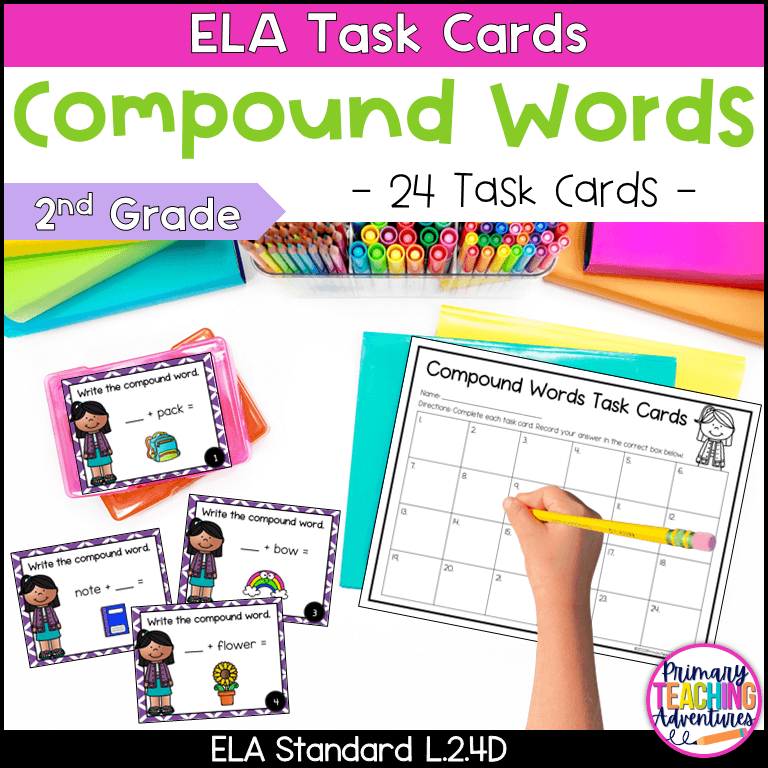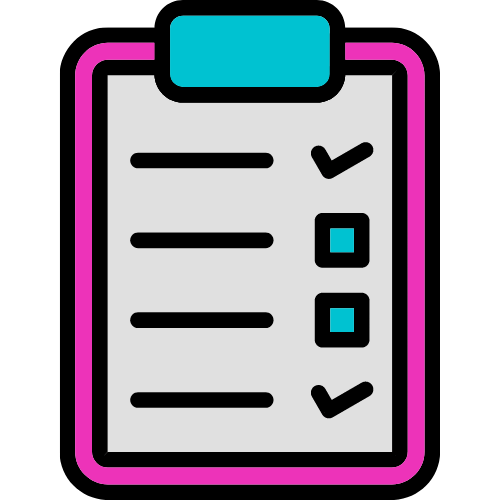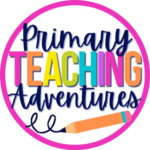
As teachers, we’re always on the lookout for innovative ways to engage our students and reinforce the skills they’ve acquired during our lessons.
One fantastic tool that has become a staple in my classroom is the mighty task card. These little wonders provide an engaging way to practice and review skills throughout the year.
Let’s explore some exciting ways you can seamlessly integrate task cards into your daily routine.
Task Card Scoot: A Movement-Fueled Adventure
One of the most energizing ways to use task cards is through a game of Task Card Scoot.
Simply place the cards on student desks and let the excitement unfold. Students can start at their own desk and scoot around to other desks, answering questions or completing tasks.
You have the flexibility to make it teacher-directed (cueing students to move) or student self-paced, allowing each learner to work at their own speed. You can also set a timer on your screen to give a visual of the time allotted for each “scoot”.
It’s a dynamic, interactive experience that keeps the energy high and the learning even higher!
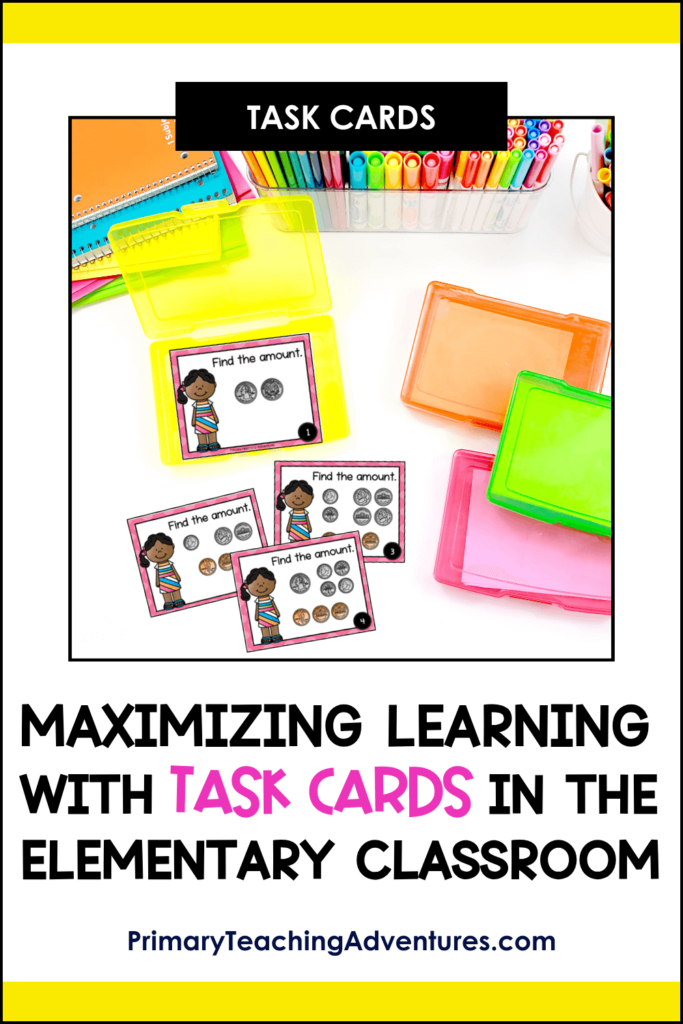
Write the Room: Explore and Learn
Turn your classroom into a traveling learning space with the Write the Room activity.
Post the task cards throughout the room, prompting students to get up, move around, and find each card.
This not only reinforces the content on the cards but also sneaks in an element of physical activity into the learning process, catering to different learning styles and keeping things fresh and exciting.
Whole Group Practice: Sharing the Knowledge
For a collective learning experience, use task cards in a whole group setting.
Hold up one card at a time for students to answer. I like projecting it under the document camera for all my students to see.
Students can then use a recording sheet or whiteboard to jot down their answers.
This approach fosters a collaborative atmosphere and ensures that every student is actively participating and contributing to the lesson practice.
Small Group Practice: Tailored Support
Task cards are a dream come true for small group instruction.
Whether you’re leading a math group or an intervention session, task cards provide targeted practice and reinforcement.
They’re also a fantastic resource for assistants or parent volunteers, allowing them to work closely with a small group of students who need extra support. And, it doesn’t take long to explain to the adults so they can jump right in and offer their guidance with the small group they are working with.
Assessment in Disguise: Uncover Understanding
The beauty of task cards extends to assessments. I like to use them as an after-teaching assessment that feels more like a game than a test.
Students won’t even realize they’re being assessed! The results provide valuable insights – pinpointing areas that your students may need reteaching or the results show that your class is ready to move on.
Learning Centers: Quick and Effective
Say goodbye to time-consuming center explanations. Task cards are a breeze to prep and make for a seamless addition to your math centers.
All you do is print, laminate, and cut. Once you show your students how to use the task cards, you won’t have to explain it again. Students already familiar with the format can dive right in, maximizing your instructional time and allowing smooth transitions between activities.
Extra Time Excitement: Seize the Moment
Have a few extra minutes on your hands? Task cards to the rescue! Whether you’re playing a spirited game of Around the World, engaging in Knockout, or simply waiting in line in the hallway, these cards offer a perfect solution to make the most of those precious minutes.
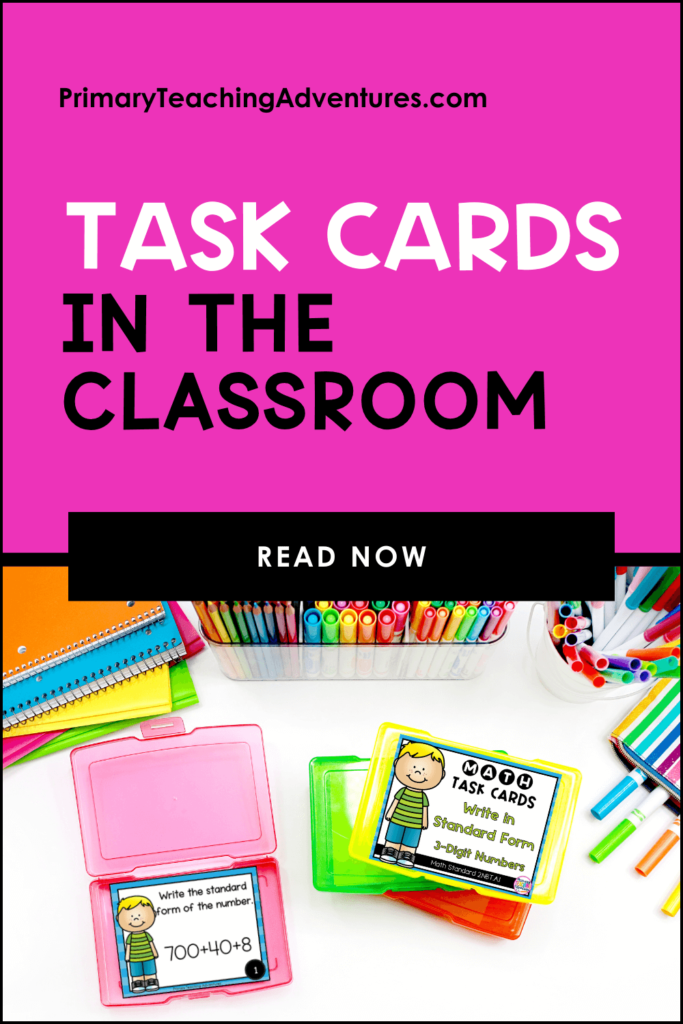
Incorporating task cards into your classroom routine is like infusing a burst of energy and excitement into your teaching arsenal.
Try out these strategies and witness firsthand how task cards can transform your elementary classroom into a place of learning and discovery!
Make sure to tag me on socials to show me how you’re using task cards in your classroom!

